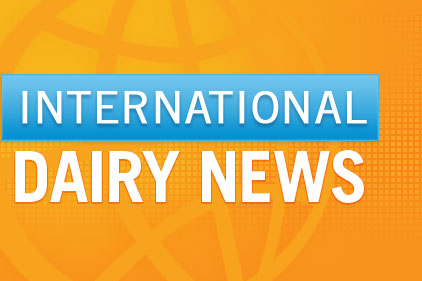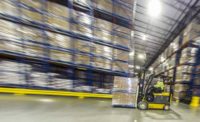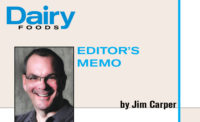Dairy daze
Think of China as a dairy trader, not as a producer or buyer
Because China has sufficient domestic production, it can decide to use what it makes or import dairy products, says an analyst at of INTL FCStone Financial.

Don’t look at China as a dairy producer or as a dairy buyer. Instead, view the country as a dairy trader. Now that it has sufficient domestic production, China has the “luxury” of using its domestic milk supply or dumping it and buying imports, if they are a better deal, said analyst Robert Chesler.
Chesler, the vice president of INTL FCStone Financial Inc.’s foods division, spoke today at the company’s 13th Annual Dairy Outlook Conference in Chicago.
Some other insights from Chesler’s presentation:
- As for China disavowing its one-child policy, don’t expect an immediate “sharp spike” in demand for dairy foods and beverages, Chesler said. The demand will increase gradually as families get used to the idea that they can have a second or third child, he said.
- Southeast Asia, as a region, presents greater opportunities for the dairy industry. Chesler cited the projected population growth of Indonesia, Vietnam and the Philippines.
- The highest levels in 30 years of U.S. cheese stocks do not matter as much as some people might think. That’s because cheese prices are set on fresh product, not on aged. Stocks matter, but not in the same way stocks of other commodities, like corn, matter, he said.
- Dairy is not a commodity, like corn is. The only differentiation of corn is GMO or non-GMO. But there is a spec for dairy powders, skim milk and cheese, for example. “Cheese is not cheese. There’s a spec.”
- “Fat, as the young people say, is phat,” he said. While overall fluid milk sales are falling, whole milk sales are increasing. This is tightening up the fat situation. “I think the demand in growth for higher-fat products is sustainable long term,” he said.
- Because consumers are spending more money to dine out than on grocery purchases, more butter is used in meal preparation. This dining-out trend is unlikely to change, he said.
Looking for a reprint of this article?
From high-res PDFs to custom plaques, order your copy today!






